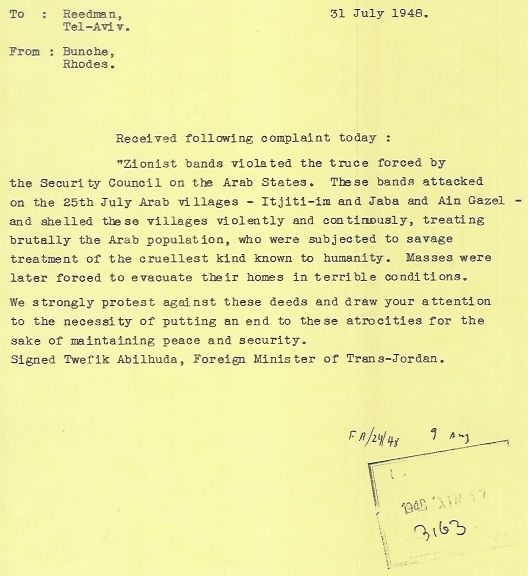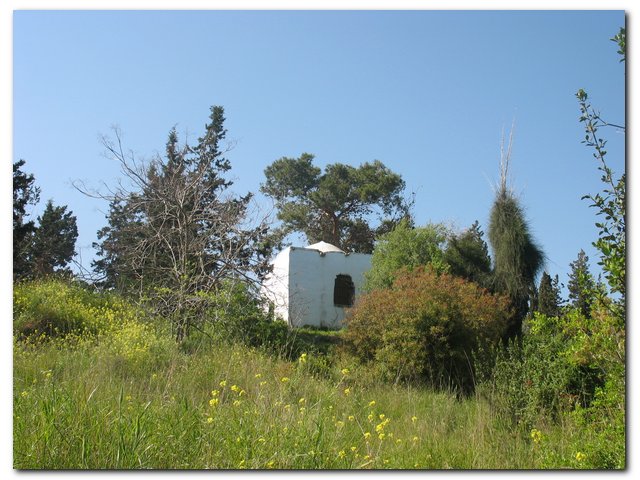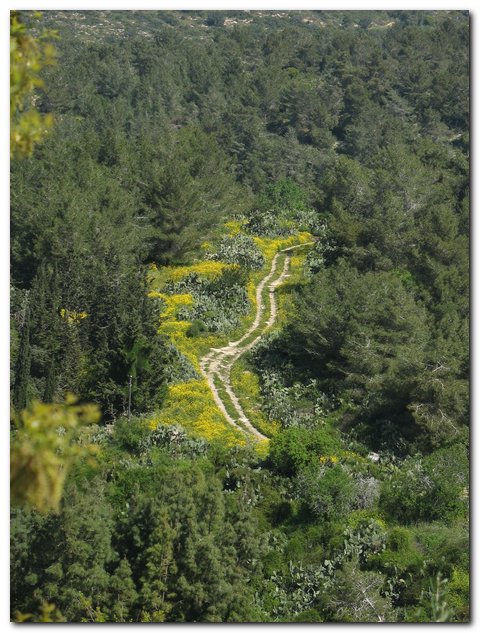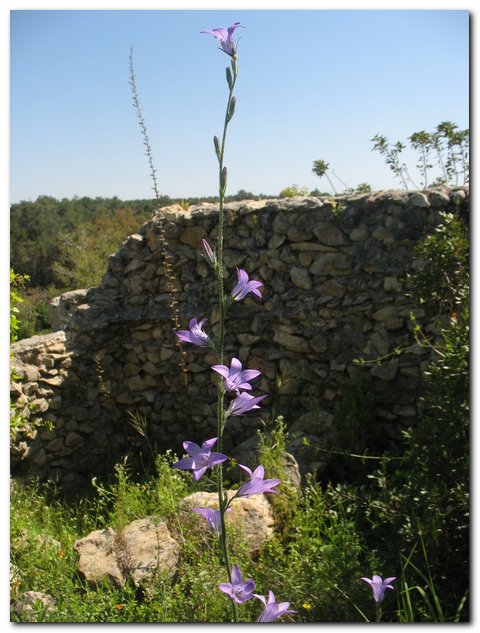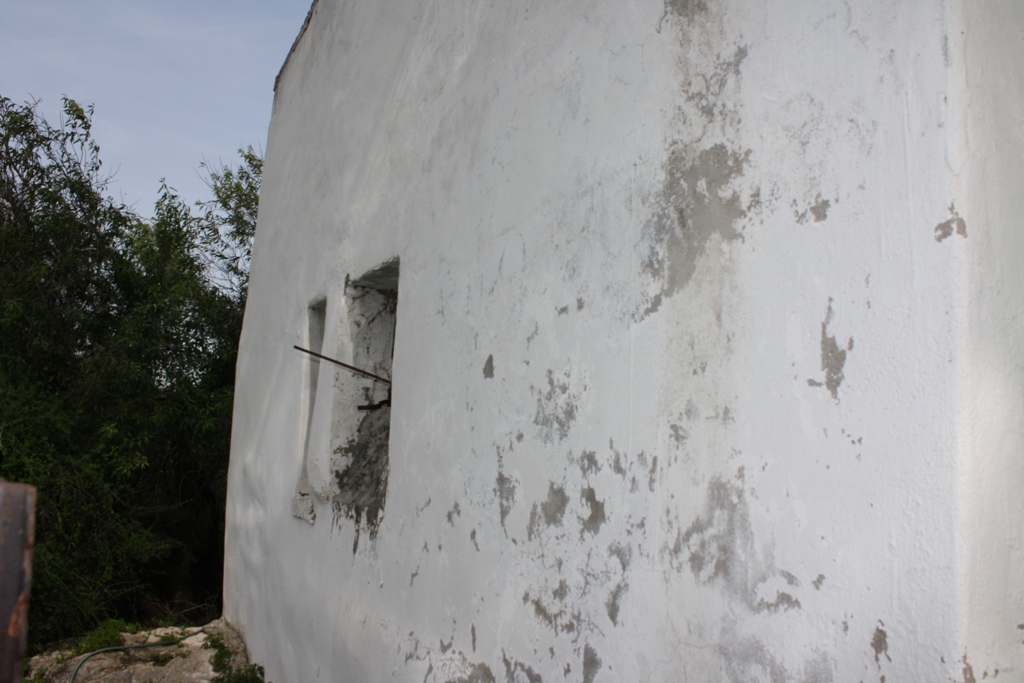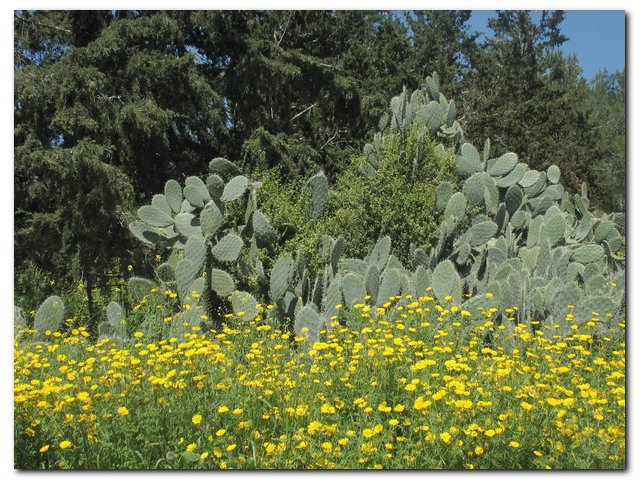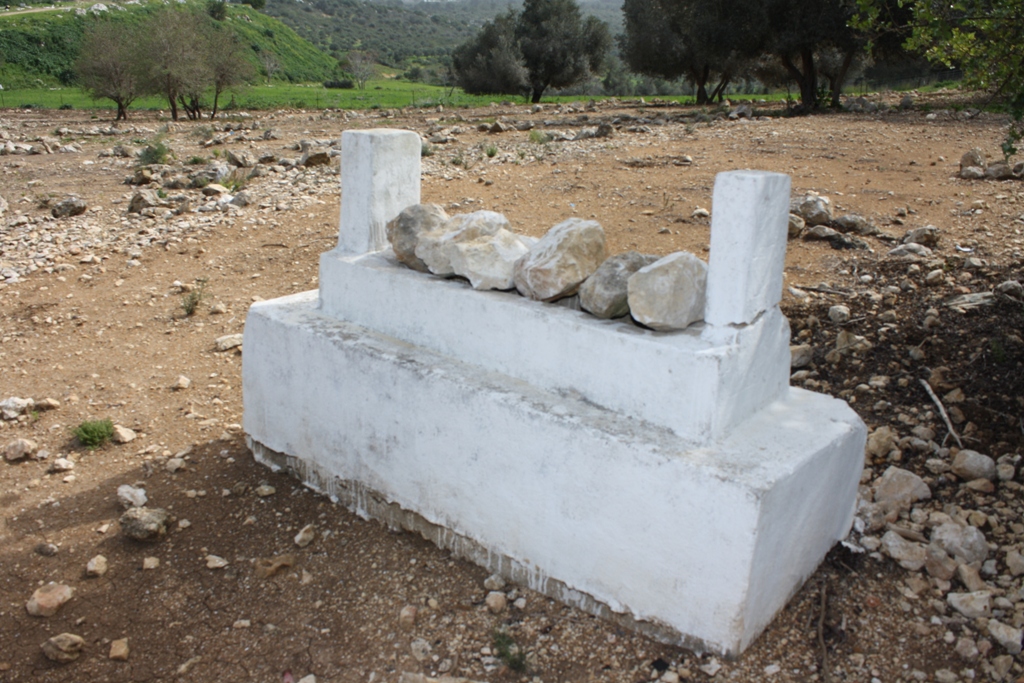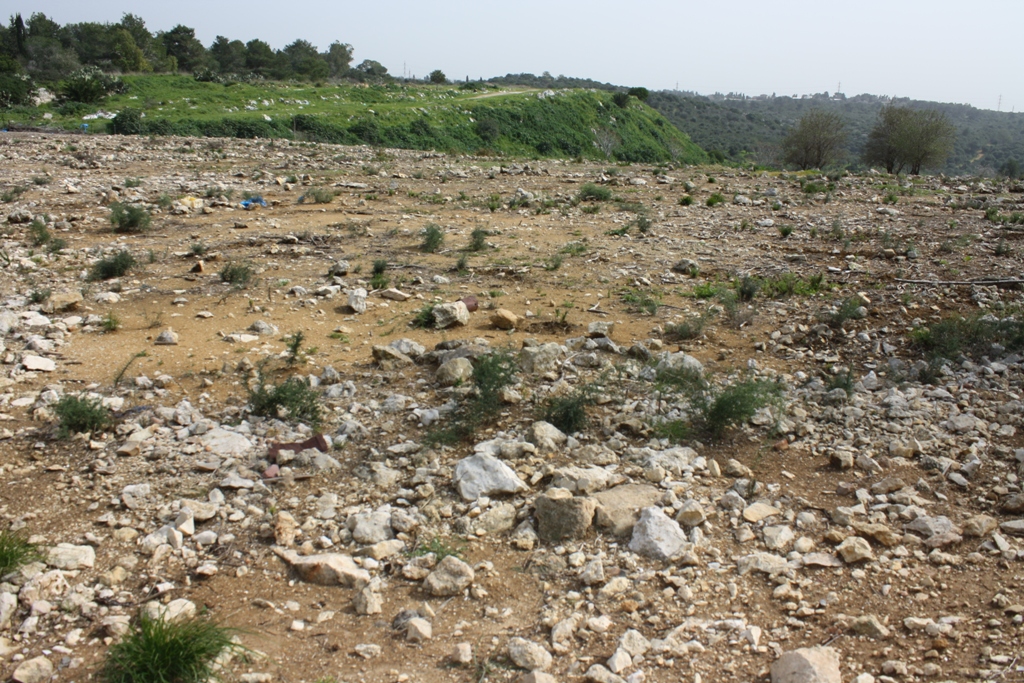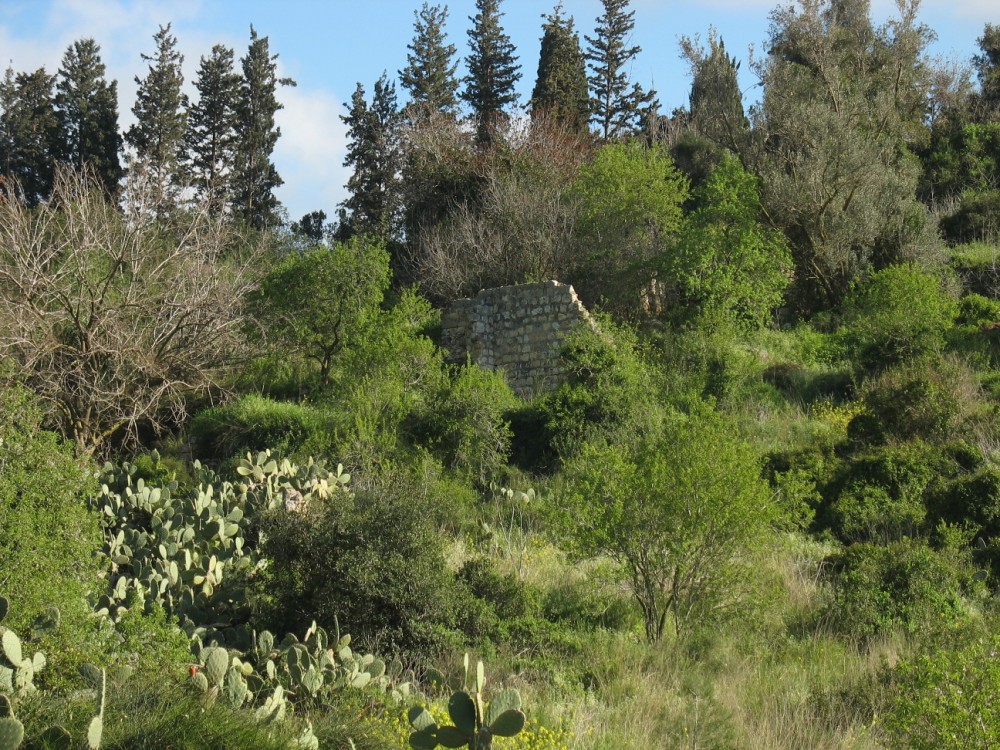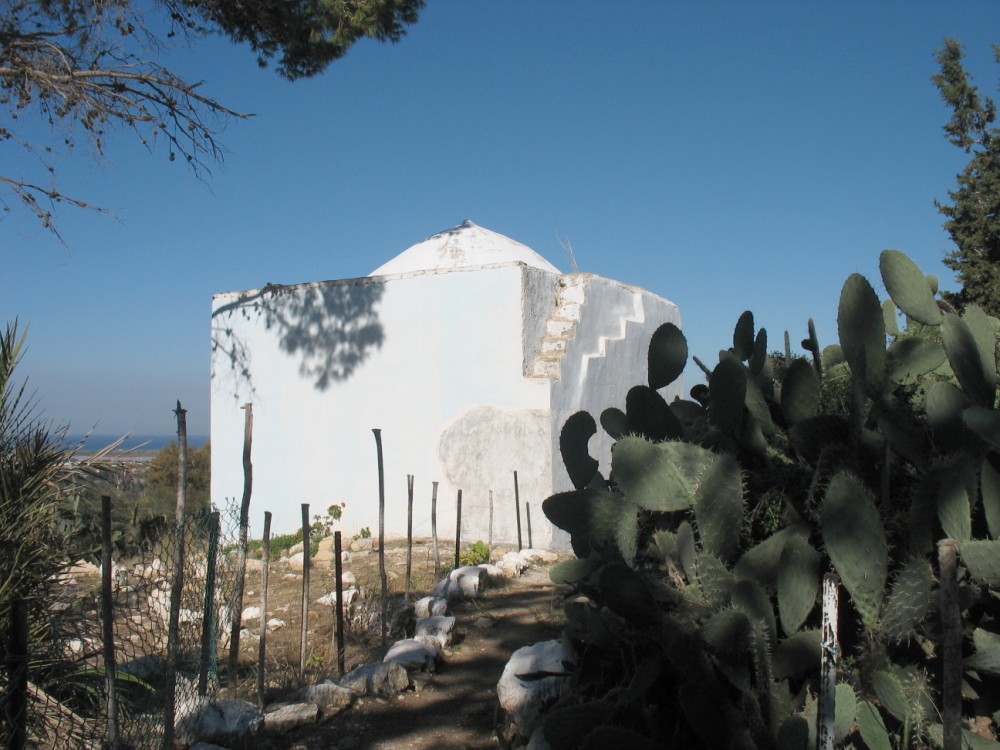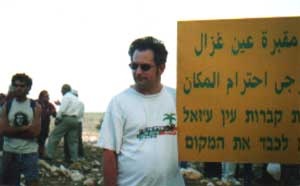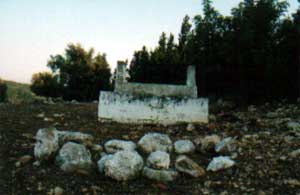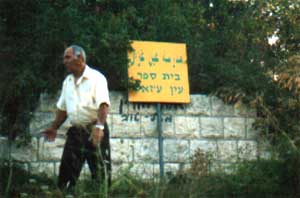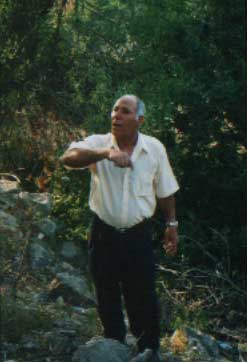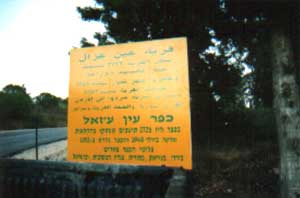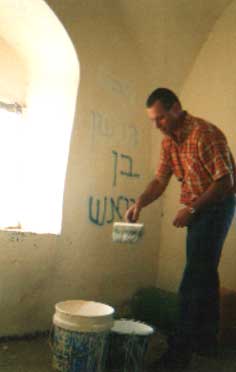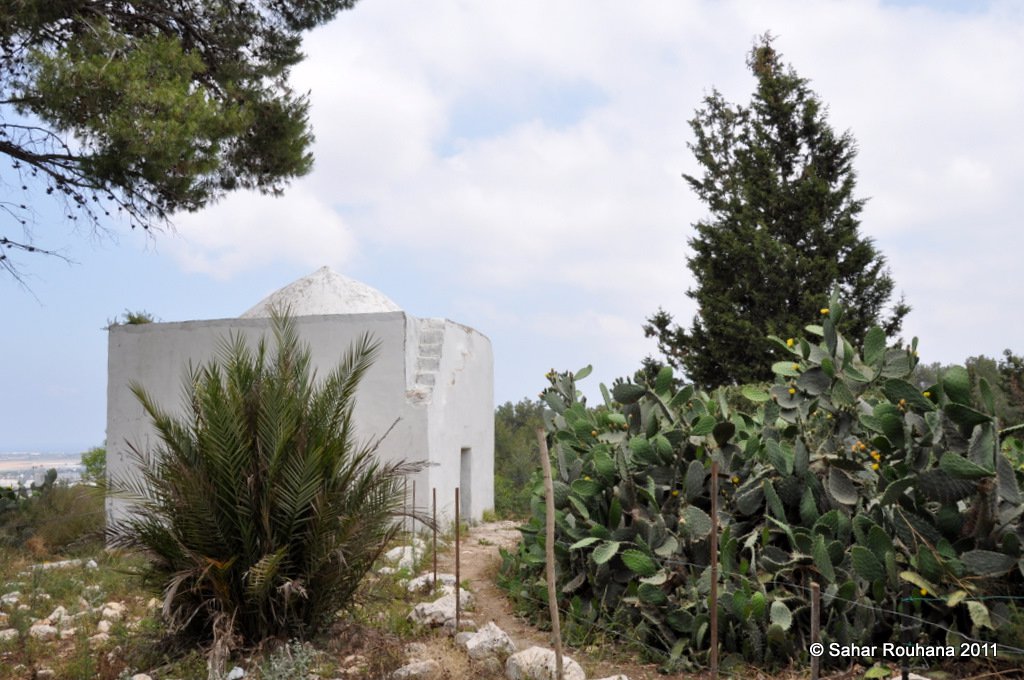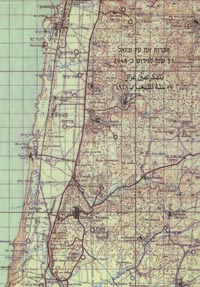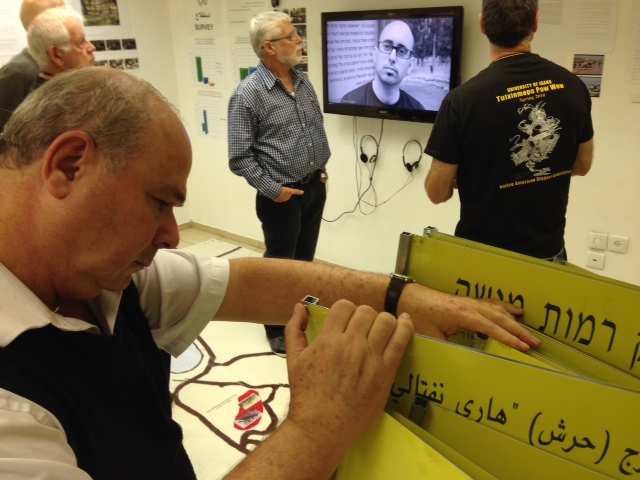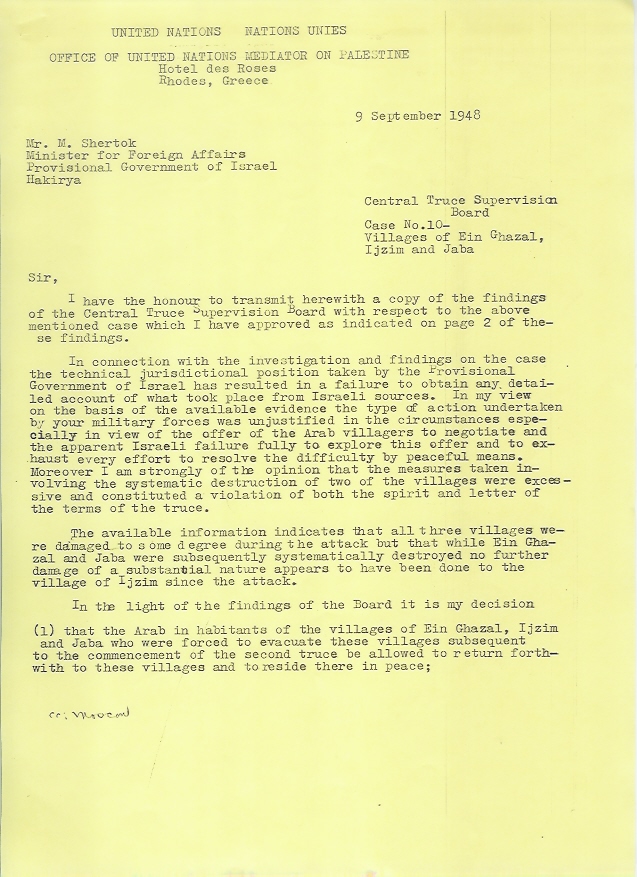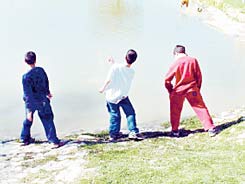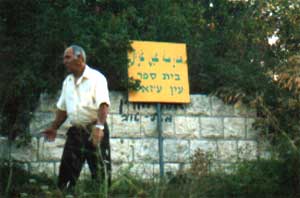Info
District: Haifa
Population 1948: 2520
Occupation date: 26/07/1948
Occupying unit: Golani & Carmeli & Alexandroni
Jewish settlements on village/town land before 1948: None
Jewish settlements on village/town land after 1948: Ofer, A part of Ein Ayala
Background:
'Ayn Ghazal Before 1948
At 21 km from Haifa, the village was situated on the edges of a wadi (valley) on the higher slopes of Mount Carmel, near the highway between Haifa and Tel Aviv - a location that gave it a special status during the 1948 War. The inhabitants of 'Ayn Ghazal were Muslims, and they maintained a shrine for a local sage named Shaykh Shahada. An elementary school for boys was founded around 1886, followed by another elementary school for girls, and a cultural and athletic club. The main economic activities were livestock breeding and agriculture, and water from a nearby well, built in 1940s, was pumped into the village via a pipeline. 'Ayn Ghazal's proximity to the city of Haifa enabled part of the population to work in the service sector of the port and in its commercial sector.
Occupation, Depopulation, and Israeli Settlements
According to a Jewish newspaper quoted in New York Times, there was an attack on the village on 14 March 1948 - razing four houses to the ground, killing an Arab woman, and wounding four men. The Palestinian newspaper Filastin, however, reported an attack on 'Ayn Ghazal a few days earlier, on 10 March. No further details were given. Another attack took place on 20 May, as a result of which 'Ayn Ghazal was stormed by the Haganah after snipers halted traffic on the Haifa-Tel Aviv road - an informer told a reporter for the Associated Press.
The villages of 'Ayn Ghazal, Jaba', and Ijzim constituted the Little Triangle south of Haifa which resisted a number of Israeli attacks in the following months, managing to push back occupation efforts until the end of July 1948. There were three main attempts to capture the villages - the first two, on 18 June and 8 July, were successfully resisted, while during the third one, the Israeli army took advantage of the second truce to strike with a special force drawn from units of the Golani, Carmeli, and Alexandroni brigades.
The operation began on 24 July, and it involved massive artillery and aerial bombardment for a whole day. Despite the severity of the onslaught, however, the villages took two days to occupy, during which Israeli troops continued to fire on villagers as they fled. According to Benny Morris, the captured villagers were ordered to bury the charred bodies of 25-30 people at 'Ayn Ghazal, while other reports indicated that there has been a massacre in the village. Nevertheless, the Israeli authorities denied this, justifying the burning of the bodies by saying that they have been found dead and had begun to decompose. Although evidence of a massacre wasn't initially acknowledged, in mid-September UN investigators reported 130 persons killed or missing.
Israel's 'systematic' destruction of 'Ayn Ghazal and Jaba' were condemned by UN mediator Count Folke Bernadotte, who asked that the Israeli government restore at its own expense all houses damaged or destroyed during and after the attack. According to Bernadotte, 8000 people had been driven out of the three villages, and he demanded that they be allowed to return. Israel rejected the demand.
The settlement of 'En Ayyala was established in 1949, 3 km southeast of the village site, followed by the settlement of 'Ofer in 1950, 2 km southeast of the village.
The Village Today
The only standing structure on the village site is the dilapidated shrine of Shaykh Shahada. Amidst ruins of walls and piles of stones, stands of pine, cactus, fig and pomegranate trees as growing. The site has been fenced in and used as a grazing area. Vegetables and fruit are grown on the flat lands around it, while parts of the slopes are planted with almond trees.
---------------------------------
Source: al-Khalidi, Walid (ed.). All that remains: the Palestinian villages occupied and depopulated by Israel in 1948. Washington DC: 1992.


